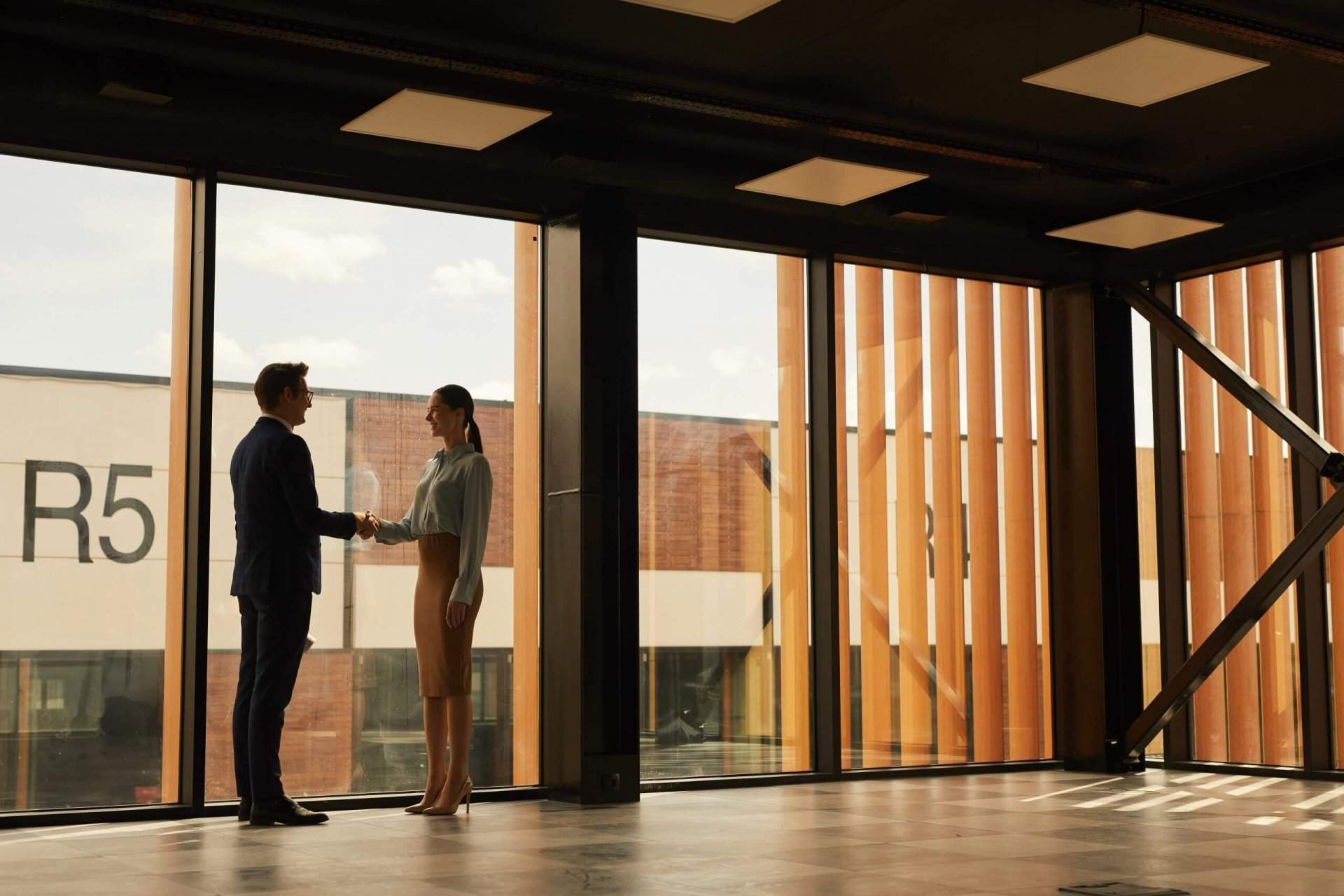A Guide to Commercial Lease Types for Beginning Investors

A Guide to Commercial Lease Types for Beginning Investors
More people are looking to real estate as an alternative way of investing their savings and growing wealth. While you can find lucrative opportunities in real estate investing, it's important to do your research ahead of time. This includes taking the time to learn the different opportunities that are available in commercial real estate leasing. This guide can help you explore your options, so you'll be better prepared to choose good investing opportunities.
Single Net Commercial Lease
Most people are familiar with this type of lease, because it's more often used in renting apartments and single family homes. In a single net lease, the property owner charges a monthly rent that's sufficient to cover the mortgage payment, property taxes, and insurance for the property. The tenant is responsible for paying that rent amount each month as well as paying the utilities and fees for property maintenance.
Double Net Commercial Lease
Among commercial lease types, a double net lease is more common with properties that have multiple units that can be rented out. The tenant's payments are sufficient to cover the property taxes and insurance in addition to the mortgage payment. Where this differs from a single net lease is in the property owner's responsibilities, which include having to cover utility, maintenance, and related costs. The property owner prorates the amount owed by each tenant for building insurance by comparing the square footage of each unit.
Triple Net Commercial Lease
If you want to use commercial real estate to grow wealth without getting into the day to day management of the property, a triple net lease, or NNN, is your best option. In this type of lease, there's very little that the tenant isn't responsible for paying. In addition to covering costs associated with utilities, property taxes, and insurance, they must also cover expenses related to the upkeep of the building. Since this goes as far as paying for structural repairs, such as roof leaks, the monthly rent is usually lower to offset those costs.
Bondable Net Commercial Lease
When looking objectively at commercial lease types, you'll find very little difference between an NNN and a bondable net lease. It has the same type of setup with the tenant responsible for paying the majority of expenses. In addition, a bondable net lease cannot be broken by the tenant under any circumstances. In the event that a storm, fire, or another natural disaster destroys the property, the tenant is still responsible for paying the rent. The tenant will also be responsible for the repair or reconstruction of the property.
Full Service Gross Commercial Lease
The property owner charges a fixed rental rate to each tenant, which is the tenant's sole responsibility. The property owner is expected to pay all other expenses related to the operation and maintenance of the property. This includes utilities, insurance, and taxes. This is similar to a hotel or resort, where a guest pays a fixed fee and assumes all amenities are included in that price.
Modified Gross Lease
This is an extension of the full service gross lease, placing the same financial obligations on the property owner. The difference here is that any increase in operational or maintenance cost is paid by the tenant. For example, if the local government increases property taxes, the tenant may be expected to pay a percentage of that increase. The added sum will be included with the base rent, so this can result in an increase of the rental rate.
Percentage Lease
A percentage lease is usually charged in commercial buildings that are used for restaurants and retail stores. It provides the property owner with a way to benefit from the business' success. In a percentage lease, the tenant pays a base rental rate in addition to a predetermined percentage of the business' monthly earnings. In order for a percentage lease to be considered legally binding, both the property owner and the tenant must agree on the percentage rate to be charged.
Know How to End Your Lease
As a property owner, you also have two options in deciding the length of the lease you'll offer your tenants. A lease with a fixed end date allows you to pick a specific date upon which the lease will terminate. It's common to create a lease that’s valid for one year. At the end of the year, the tenant is free to vacate the property without giving advance notice, or they can negotiate a new lease.
The second option is an automatic renewal, which renews year after year. The tenant can opt out of the lease by giving the property owner advance notice that they intend to vacate at the end of the current term. Similarly, the property owner can notify the tenant that they will opt out of the lease at the end of the term. The terms of an automatic renewal lease can also be renegotiated and implemented at the start of a new lease cycle.
This guide has helped you understand the different types of leases used in commercial real estate. As you can see, these options make it easier to create a system that works well for you. If you're ready to get started, a fast approval on a business loan can give you the capital you need to invest in your first commercial property.
